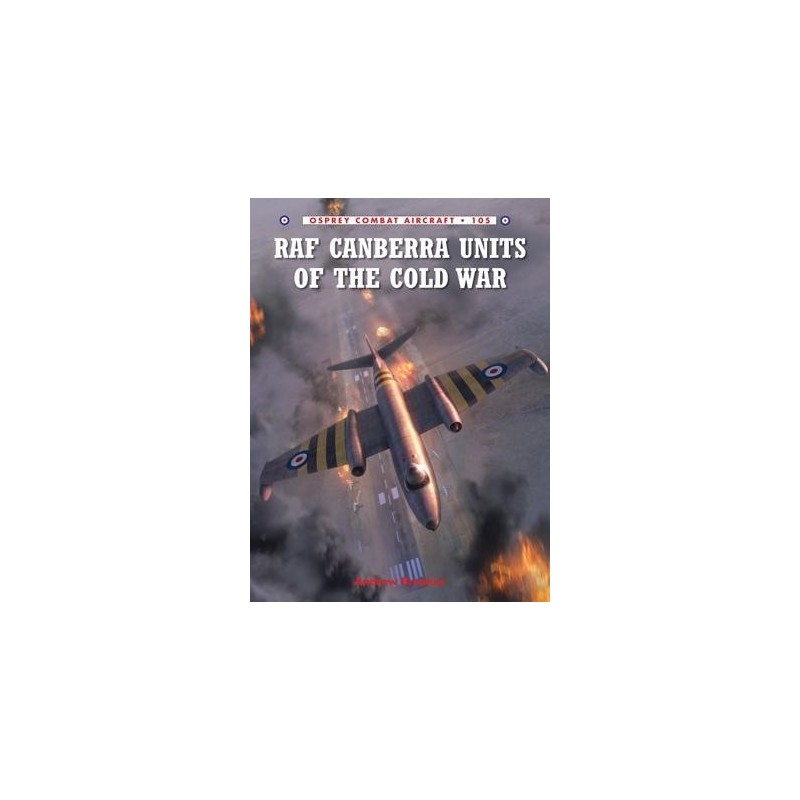
RAF CANBERRA UNITS OF THE COLD WAR.
June 2014.
From its first public demonstration at the Farnborough Airshow of 1949, the English Electric Canberra bomber captured the attention of the aviation world. It could outmanoeuvre all the fighters of the time and it could climb way above their operating ceilings. Yet this Cold War equivalent of the Mosquito was simple to maintain and a delight to fly, although it could bite any pilot who did not treat it with respect. The Canberra B 2 first flew on 21 April 1950 and entered frontline service with No 101 Sqn in May 1951. In a testament to the aircraft's benign handling characteristics, the transition programme consisted of only 20 hours in the Gloster Meteor and three hours in the dual-control Canberra trainer. With a maximum speed of 470 knots (871 km/h), a standard service ceiling of 48,000 ft (14,600 m) and the ability to carry a 3.6-tonne (7,900-lb) payload, the Canberra was an instant success.
Contents.
- Canberra creation
- The first Canberras into service trailblazer for Cold War tactical bombing tactics
- The Suez Campaign
- Supporting Christmas Island nuclear weapons tests
- Canberra Light Bomber Force deployments to Middle and Far East
- Canberra involvement in RAF
- USAF nuclear strike plans
- Canberra versatility strategic photo and electronic reconnaissance
- Overall evaluation
- Appendices - Listing all units equipped with the Canberra and where they were based - Comprehensive plate commentaries




